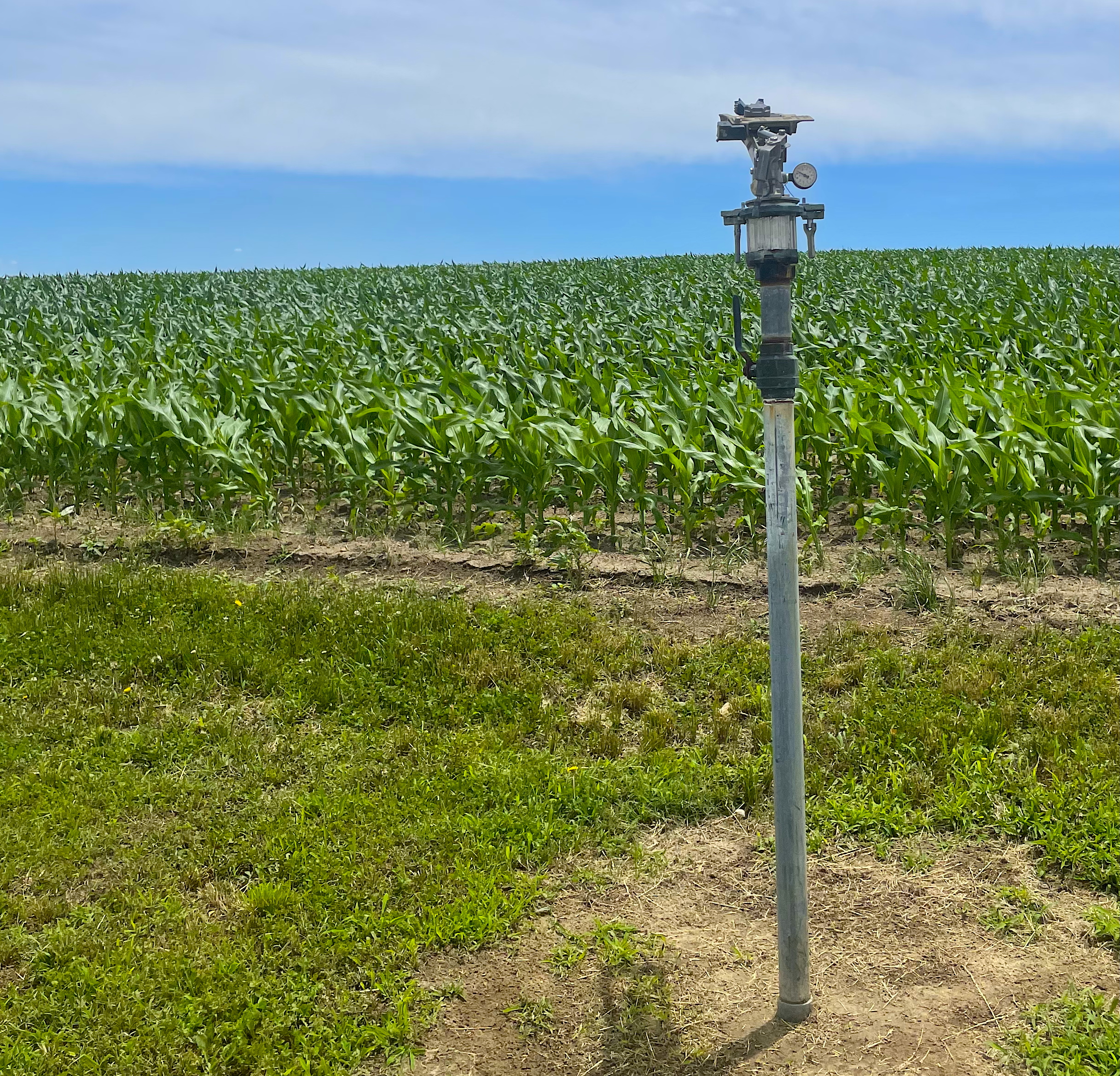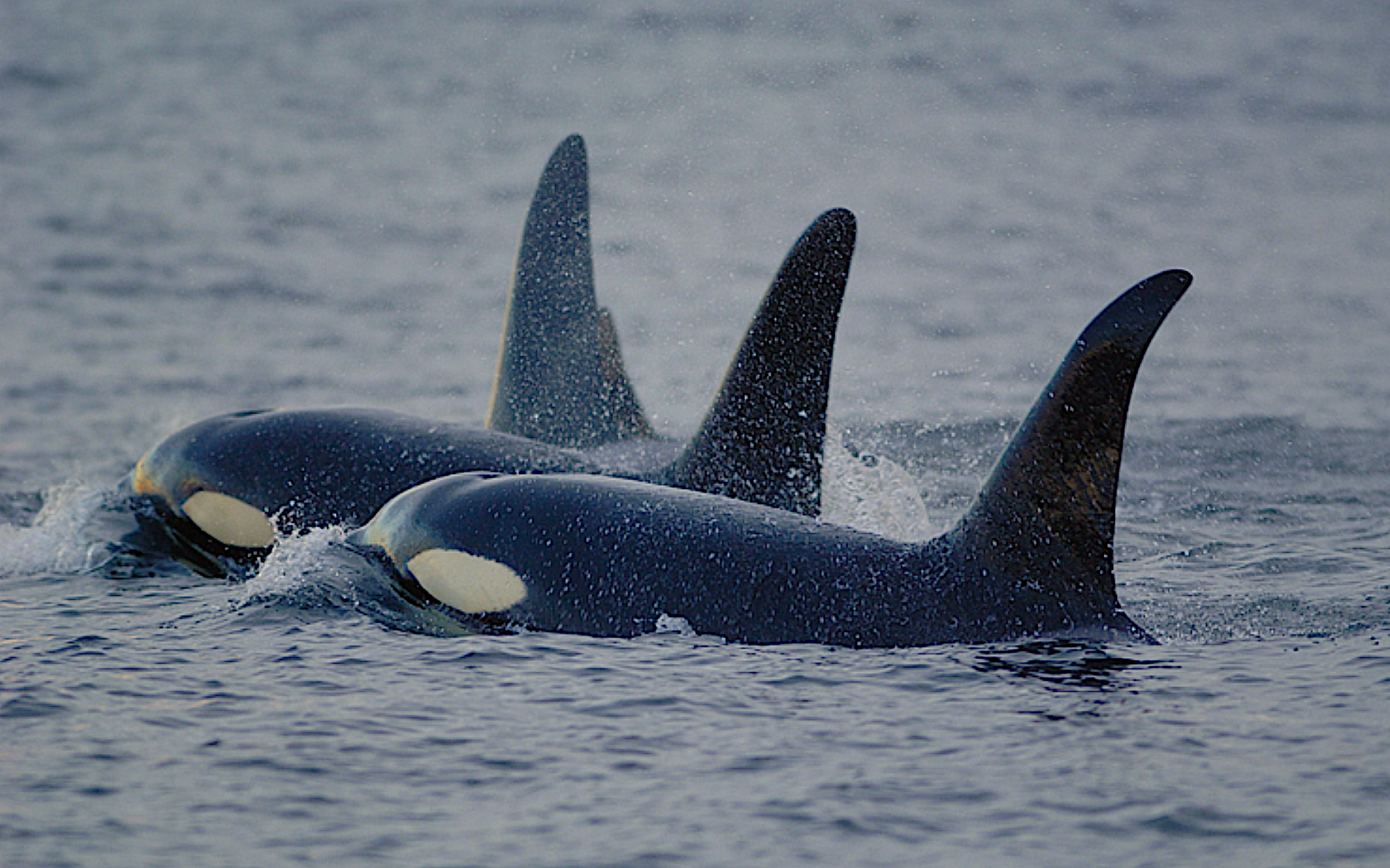It’s one of those days that make you glad to have outdoor plans.
Crisp. Calm. Cloudless. The uncluttered blue sky is the perfect backdrop for flights of snow geese rising from the salt marsh fringe of the Outer Banks.
Thousands of migratory snow geese, tundra swans and myriad other waterfowl find North Carolina’s diverse coastal environments ideal winter quarters. Songbirds and shorebirds stop to rest and feed. Some stay. Others continue their long, southward journeys along the Atlantic Flyway.
And so it is on this brilliant day, that hundreds of birdwatchers make a pilgrimage to the region to witness the seasonal avian spectacle during the fall Wings Over Water Wildlife Celebration known as WOW.
The ritual will be repeated for spring migration. But today, the Pea Island National Wildlife Refuge Visitor Center — one of dozens of WOW field trip staging areas — is abuzz with activity. The mixed group of novice and experienced birders compares field guides and checks the roster for birds spotted each festival day.
A Promising Start
Binoculars and high-powered scopes are trained on North Pond, where migrants and year-round resident flocks congregate, seemingly unaware that they are the objects of such ardor. The excitement level increases when a WOW coordinator detects two American white pelicans — unusual sightings this far south.
At a nearby parking lot, Ricky Davis and John Wright, veteran field trip leaders, leap from a car with a rare bird alert. They’ve spotted a northern goshawk. An uncommon winter visitor here, the goshawk’s range spans Alaska, Canada and parts of New England.
Wright, a high school science teacher from Greenville, heads south with a few seasoned birders who hope to catch a glimpse of this extraordinary bird.
Davis, who works at a printing business in Zebulon, stays behind to lead a band of beginning birders on an excursion to the South Pond, a refuge area usually off-limits to the public.
“All the birds we see today won’t be rare ones. But remember, there is no such thing as a bad bird,” Davis says.
The neophytes include a teacher from Plymouth, a couple from Georgia, another from Gary, and a family of five from Rocky Mount. The group’s diversity reflects the broad appeal of birding — one of the fastest-growing outdoor activities, according to national tourism experts.
“I’m a backyard birder,” says the teacher, Jane Morrow. Birds on her life list — a personal inventory of birds encountered — are mostly common state birds. She has spotted snow geese and swans during Lake Mattamuskeet Swan Days, the only other formal birding outing she has taken.
“When it comes to birding, I’m a rank amateur,” confesses Bill Deans, a Rocky Mount neurologist by profession and a naturalist by avocation. “I’ve studied insects all my life. Birds are more of a challenge, because they don’t stand still long enough for close scrutiny.”
Still, he adds, birding is a likely extension of his family’s yearly nature-based vacations that have taken them to some of the best-known wilderness areas in the nation.
Beginners’ Luck
Davis says that a good bird identification book and a pair of binoculars are the basic birding “tools.” He prefers a field guide with color illustrations showing the array of plumage the male and female of a species displays throughout their lives.
Preparation also contributes to a successful outing. The night before, look up possible sightings for the geographic locale, season and habitats. Tab the book for easy reference in the field, he advises. During the excursion, keep a list of sightings and make field notes to indicate time of day, habitat and other details. Later, go back and look up the bird to learn more.
“Getting out in the field over and over is the best way to build up knowledge. I guarantee it will become a passion, if not an obsession,” he says. “Now, let’s go see some birds.”
The Pea Island South Pond complex is comprised of a shallow body of water that is ringed with marsh and sandwiched between N.C. 12 and Pamlico Sound. Davis uses his spotting scope to visually isolate an interesting species from the crowd scene on the open water, as well as shyer ones veiled by tall marsh grasses and shrubs.
David Deans, 11, the official group recorder, uses “Birds of the Outer Banks.” Compiled by North Carolina naturalist John Fussell, in, it lists nearly 400 species of birds that have been sighted in the region.
Close Encounter
Lengthening shadows fall across the shrub-lined path as the group begins the
return trek to parked cars. The talk is about experiencing an enjoyable and enlightening day.
“I got to see birds I have never seen before, and others that I have seen, but couldn’t identify,” says Richard Deans, 14.
Animated chatter suddenly stops as a hawk lights in the dead limbs of a tree not more than 25 yards away. The group slowly advances, hoping to close in on a positive identification. They thumb through the field guide. Not a red-tailed, they agree. Perhaps a broad-winged or red-shouldered?
They’ll need a better look. The hawk obliges and flies down to the path, closer still. Hawks are difficult to identify because of changes in coloration with age, Davis points out. He ventures a cautious call: an immature broad-winged hawk.
The close encounter with the curious hawk provides a memorable grand finale for a group of beginning birders. It also could become the focal point of a story they’ll carry with them about the day they got hooked on birding.
From Pastime to Passion
Every birder seems to have a story.
Davis remembers when his pastime became a passion. He was 12, and an adult cousin and his wife gave him a bird feeder and bird identification book.
“I put up the feeder and the birds immediately began coming — and I began trying to identify them,” he recalls. On walks around Zebulon, primarily a rural community at the time, he listened and looked for new discoveries.
The next year, 1971, his cousins invited him along for the fall meeting of the Carolina Bird Club at Nags Head. His addiction broadened to include coastal birds — a passion he would pursue on vacations at Carolina Beach and later as a biology student at the University of North Carolina at Wilmington.
He leads WOW field trips as a way to introduce others to birding as an activity that can give a lifetime of pleasure, and to help them learn about, appreciate and help protect the environment.
Pat Moore, an Outer Banks resident who is one of WOW organizing forces, confesses that she used to laugh at bird names like yellow-bellied sapsucker, horned grebe and red-footed booby.
“My parents began birding when I left the nest,” she recalls. “On a visit home in 1956, they invited me on an excursion. Once I heard a pileated woodpecker, I was hooked, and the rest is history.”
Moore is an avid birder. Of the more than 800 known North American birds, she has chalked up 530 on her life list. “And, I have not ever visited Florida or Alaska,” she is quick to say.
Before moving to the Outer Banks in the 1980s, Moore belonged to the Montgomery County Bird Club in Maryland. Once here, she began participating in bird walks at Cape Hatteras National Seashore and Pea Island National Wildlife Refuge to learn about the avian populations.
Like Davis, Moore generously shares her passion with others at WOW — and every other chance she gets. On Tuesdays, she and members of the Cape Hatteras Bird Club head out to survey bird populations at Cape Hatteras Point. She also helps lead a Friday morning walk at Pea Island.
Outer Banks photographer Michael Halminski says coastal North Carolina is a paradise for nature photography. “When I moved to Hatteras Island in 1973, photography was just a hobby for me. I was inspired at once by the raw nature of the island. With hardly a dollar in my pocket, I worked odd jobs to save for a 400-mm telephoto lens for shooting birds,” he recalls.
Some of the rarest birds he has seen on the Outer Banks include a migrating scarlet tanager and some piping plovers. His favorite birds to watch and photograph are wild ducks that winter here. “Their shyness makes them a huge challenge to approach and photograph,” he explains.
Early on, Halminski honed his skills by imitating techniques of local waterfowl hunters.
“Over the years, I have employed camouflage and blinds to get close. Birds that are busy feeding often are easily approached. Nesting sites are another opportunity for photography, but deserve utmost care for the birds’ well-being,” he says.
“No photograph is worth risking the welfare of the subject.”
Follow that Bird
Bonnie Strawser, wildlife interpretive specialist at the Alligator River/Pea Island National Wildlife Refuge and WOW organizer, claims not to be a bird expert. “I love birds. I love to watch them. But, I don’t always know their names.”
Nevertheless, she understands why so many people are passionate about birding. “I fell in love with pintail ducks while banding them. Their feather coloration is indescribable,” she says.
Many of the more than a million people who visit Pea Island each year do so to bird watch.
“I know people who literally will go to great lengths to respond to a rare bird alert,” Strawser says. “One gentleman from California journeyed to Pea Island for three consecutive years in order to see the curlew sandpiper that had been spotted in South Pond.”
To her knowledge, he missed the elusive bird each time. She suspects a “near miss” won’t deter him from answering the call of the wild again and again until he can check the bird off his life list.
Local birders turn their passion into tangible support of refuges, state and national parks and nature preserves, Strawser points out.
At Pea Island, for example, volunteers built a fully accessible, half-mile nature trail along North Pond, complete with overlooks, towers and spotting scopes. They also conduct interpretive programs and assist with biological work.
Nationally, volunteers play a significant role as “citizen scientists” by participating each year in the Audubon Christmas Bird Count and Cornell’s Great Backyard Bird Count.
Volunteers also are the driving force behind Wings Over Water festivals. “It’s a community effort that was launched in 1997,” Strawser says. “The festival is a way to celebrate the natural resources we are blessed with — and to bolster the local economies during the tourism shoulder season on the Outer Banks.”
Since then, dozens of dedicated volunteers have led fall birding field trips, paddling and natural history tours — from Mackay Island to Ocracoke, and inland to Alligator River and Mattamuskeet National Wildlife refuges.
Organizers are planning a spring version for the first time. The 2005 Spring Wings, May 12-15, will include butterfly and wildflower excursions. Spring Wings details are posted at www.wingsoverwater.org.
And, oh yes, Davis says the wildlife festival is a safe venue to pursue birding. He recalls a past off-trail adventure with his sidekick John Wright.
“We were near Jordan Lake in Chatham County searching for a previously reported gray flycatcher in a cow pasture,” he recalls.
The pair climbed the pasture fence hoping to spot the very rare winter visitor from western North America. “We suddenly heard the farmer yelling ‘Get out. Get out.’ Nearly too late, we saw why.”
“The fence didn’t have a ‘no trespassing’ sign,” they explained sheepishly to the
farmer.
“Yes,” the farmer replied, “but anyone with half a brain could have seen that bull coming.”
This article was published in the Spring 2005 issue of Coastwatch.
For contact information and reprint requests, visit ncseagrant.ncsu.edu/coastwatch/contact/.
- Categories:



